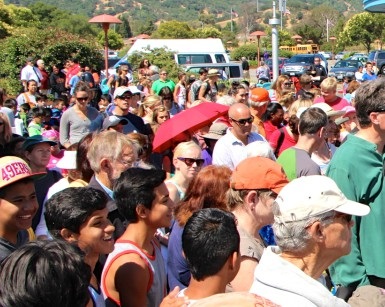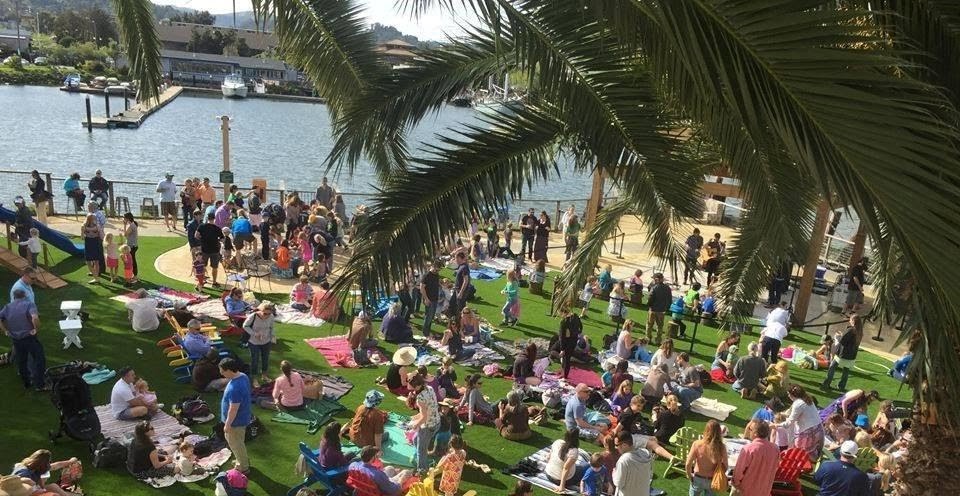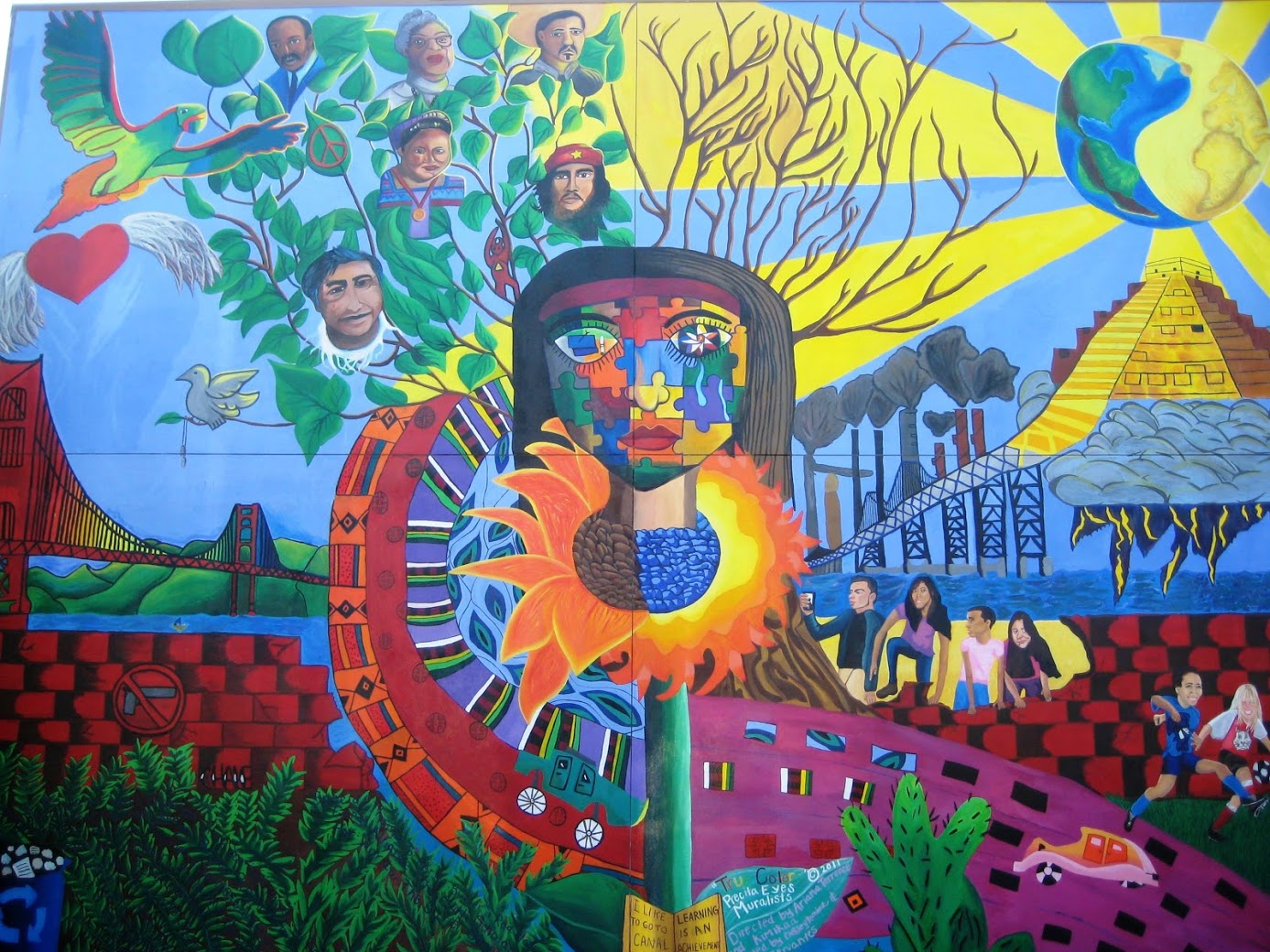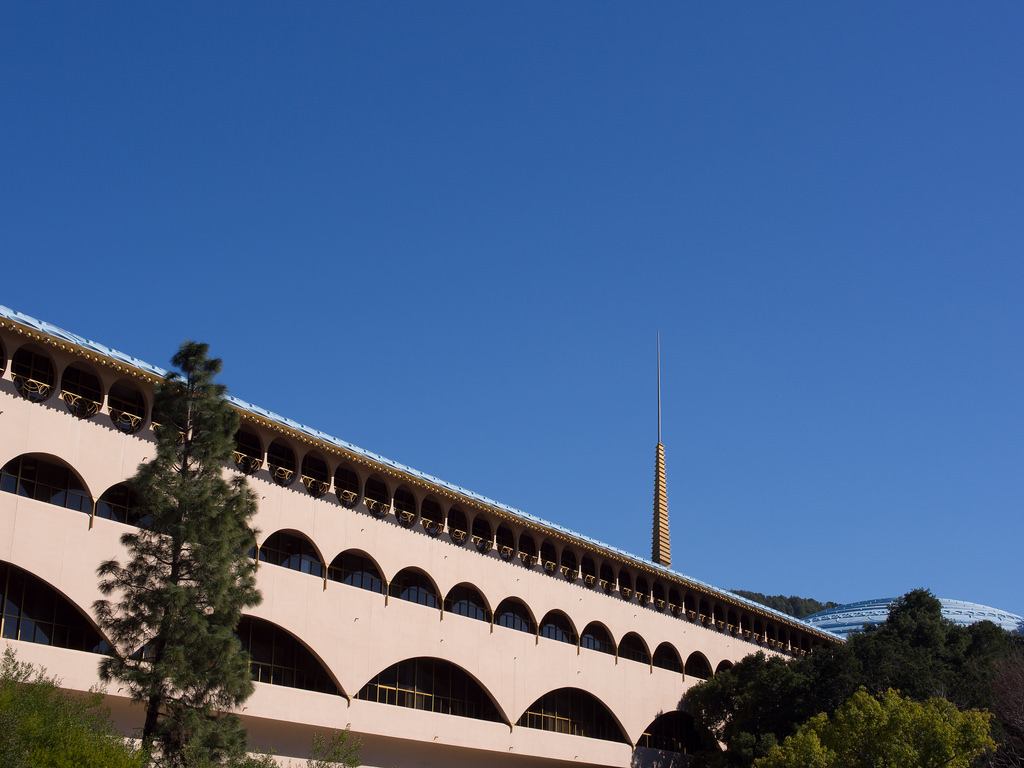County’s Complete Count Committee to help create localized promotions
San Rafael, CA – Now that April has arrived, the yearlong countdown to the 2020 U.S. Census has begun in Marin County and all over the United States. Scheduled for April 1, 2020, the census is being labeled as the “first digital census” whereby households will have the option of responding online, by mail, or by phone.
The County of Marin’s Community Development Agency (CDA) – in partnership with the City of San Rafael and Canal Alliance – created MarinCensus2020.org and established a Complete Count Committee comprised of a broad spectrum of residents to help create localized messaging that resonates at the grassroots level. About 50 committee members met in March and started to create targeted subcommittees. They will work with state, regional, and local community organizations to coordinate census promotions in different languages to increase census awareness and participation.
The U.S. Constitution requires that every American is counted every 10 years. The census determines how many representatives each state gets in Congress and how more than $400 billion in federal financial support will be distributed. Local government use the results to plan and provide for resident needs.
Undercounting could limit funding and voter representation. In 1990, an estimated 4 million Californians were not counted, leading to the loss of a seat in the U.S. House of Representatives and a shortfall of about $2 billion in federal funding. The state received an estimated $115 billion in federal funding in fiscal 2016-17 tied to the state’s population count. A recent study by the Public Policy Institute of California showed that an estimated 1.6 million residents are at risk of not being included in the 2020 count.
Outreach is starting early to help alleviate concerns about the census. Across the country, two-thirds of respondents to a preliminary survey about the census said they would be extremely likely or very likely to fill out a census form, but five barriers were identified that might prevent people from participating:
- concerns about data privacy and confidentiality;
- fear of repercussions;
- distrust in all levels of government;
- feeling that it doesn’t matter to be counted; and
- belief that filling out the census form might not benefit the participant.
Another possible barrier is a White House proposal to add a question about citizenship to the census. A Supreme Court ruling on the topic is expected this summer; meanwhile, census personnel are preparing two versions of the survey.
A preliminary survey identified hard-to-count populations, including racial and ethnic minorities, people who speak languages other than English, those with low internet proficiency, young people who move frequently or have plans to move soon, rural residents, and populations at risk of low response.
Some Marin populations might be reluctant to be counted for those reasons. Others might be willing but have less-than-optimal access to broadband technology and would be considered difficult to reach for such an online survey. Staff has evaluated data from the 2010 census and pinpointed several neighborhoods where residents were least likely to respond or hard for census takers to count. Those areas are mostly in San Rafael, Marin City, and West Marin.
Nearly every household will receive an invitation to participate in the census from either a postal worker or a census worker, but it’s expected that 95 percent of residents will receive an invitation by mail. The U.S. Postal Service will stagger the delivery of the invitations over several days to spread out the number of users responding online. In the end, the federal government expects less than 1 percent of households will be counted in person by a census official, mostly in remote areas.
Questions? Most are answered on MarinCensus2020.org and www.census.gov.
Note: Press release retrieved from https://www.marincounty.org/main/county-press-releases/press-releases/2019/cda-census-040419.









